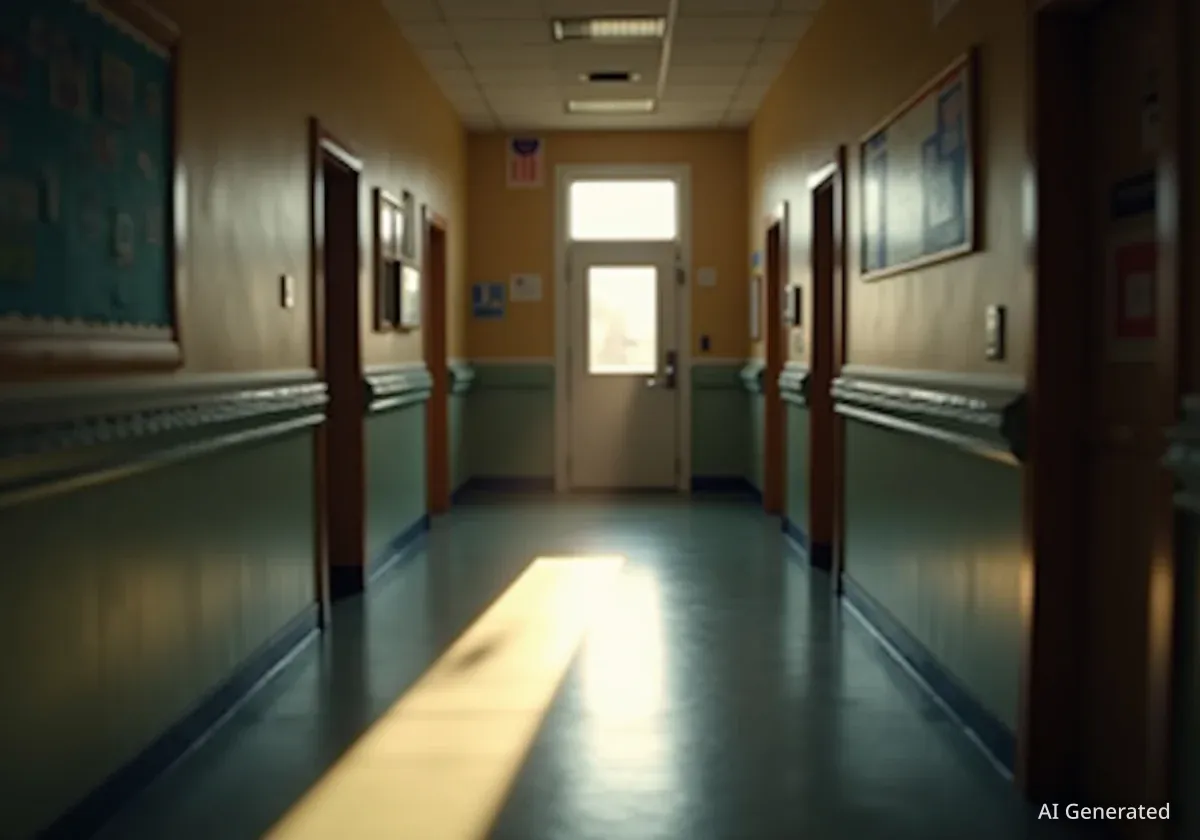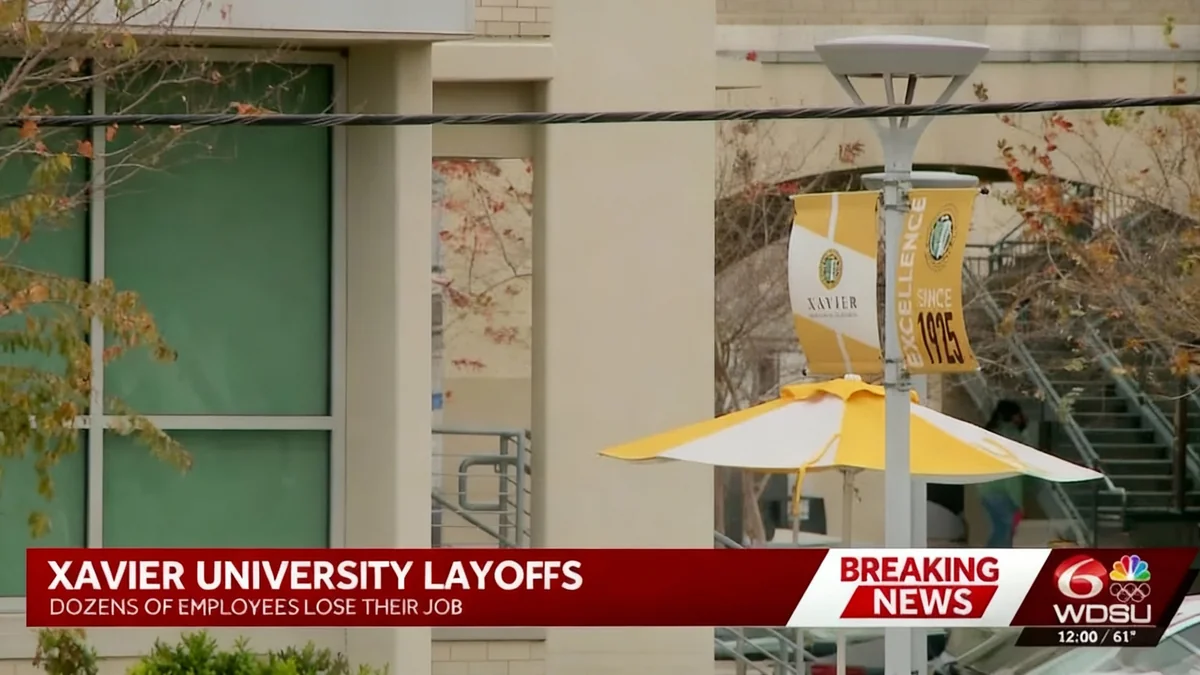Grapevine-Colleyville Independent School District (GCISD) trustees are moving forward with plans to close several elementary schools. This decision comes despite calls from some parents and city leaders to delay the process and explore alternative solutions. The district faces declining enrollment and significant projected budget shortfalls.
Officials state that school closures are a necessary step to address the financial challenges. The discussions have created division within the community, with some residents supporting the board's actions and others urging a pause to consider other options.
Key Takeaways
- GCISD trustees are proceeding with elementary school closure plans.
- The district has lost nearly 1,500 students since 2019, impacting state funding.
- Closing three schools could save GCISD over $3 million.
- Community members are divided, with some calling for a slower approach.
- Final recommendations on which schools to close are expected in November or December.
Enrollment Declines and Financial Pressures
GCISD, which currently serves over 13,000 students, has seen a substantial drop in its student population. Since fall 2019, enrollment has decreased by almost 1,500 students. This decline has directly impacted the district's revenue, as state funding is allocated on a per-student basis.
Enrollment Impact
- Student Loss: Nearly 1,500 students since Fall 2019.
- Revenue Loss: Over $10 million in state funding due to enrollment decline.
District officials presented data in September showing that two of GCISD’s eleven elementary schools are operating below 60% of their functional capacity. Four other elementary schools are below 75% capacity. This underutilization contributes to increased operational costs per student.
Looking ahead, GCISD leaders project budget shortfalls that could exceed $6 million by fiscal year 2029. These financial pressures are not unique to GCISD; many school districts across North Texas are grappling with similar issues.
Community Response and Board Deliberations
The prospect of school closures has generated significant public debate. During a recent board meeting, some parents reiterated their pleas for trustees to halt the process. They suggested exploring strategies to boost enrollment and generate additional revenue before making closure decisions.
Lara Trevino, a parent whose two children attend O.C. Taylor Elementary School, expressed the stress of the situation.
"I’m just white-knuckling it, trying to get [my kids] through elementary at this point with an education intact," Trevino stated. The uncertainty surrounding which schools might close is causing considerable anxiety for families.
Conversely, other community members voiced support for the trustees' proactive approach. Resident Jeff Hall urged for the committee to complete its work without external interference.
"[City leaders] have caused division and chaos… What I would ask is you let the committee do the work. Let them finish, hear the recommendations, listen to the rationale and then think it through," Hall said during public comment.
Alternative Solutions and Board Resolve
Grapevine Mayor William Tate and some parents have advocated for the district to consider alternative solutions. A community-led forum recently generated ideas for increasing revenue and enrollment, aiming to persuade trustees to slow down the closure plans.
However, board members appear determined to proceed. The committee evaluating district facilities indicated that revenue-generating ideas alone would not suffice to close the financial gap. They emphasized that new revenue sources are often not immediate, guaranteed, or substantial enough.
Board president Shannon Braun highlighted the urgency of the situation.
"The most immediate thing that we can do is close buildings," Braun explained. "That’s the most immediate, quickest way that you can see some relief. There are actually some really good ideas. They just might not materialize instantaneously."
Potential Savings and Capacity Concerns
GCISD officials estimate that closing three elementary schools could save the district over $3 million. This significant saving is a key driver behind the consolidation efforts.
Contributing Factors to Declining Enrollment
- Changes in birth rates.
- High property values in the area.
- An aging community with fewer school-age children.
- Anticipated impact of Texas' education savings accounts in 2026-27.
Some consolidation scenarios being explored by the committee involve increasing the functional capacity of remaining schools to near or even over 100%. This has raised concerns among some trustees.
Trustee Matt Foust voiced worries about the increased workload for principals and nurses managing a larger student body. Trustee Dalia Begin expressed apprehension about potential class size increases and the lack of room for future growth in such scenarios.
Begin also noted that a key attraction for her family moving from private schools to GCISD was the favorable student-to-teacher ratio. She fears that increasing class sizes could diminish this appeal. These concerns echo those raised by parents in recent weeks.
Looking Ahead
The education master planning committee, established in January, is tasked with evaluating facilities and enrollment projections. Their considerations include the financial impact of closures, travel time for students, potential reuse of school properties, property value if sold, and the age of the campuses.
No final decisions have been made regarding which schools will close or the exact number. Board president Shannon Braun indicated that the district is currently projecting three elementary school closures. Final recommendations from the committee are anticipated in either the November or December board meetings.
GCISD, like other districts, received some financial relief this year when state lawmakers increased the per-student allocation by $55, the first such increase since 2019. An additional $8.5 billion was funneled to public schools over the next two years, with about half designated for teacher retention raises. However, school leaders contend that this increase did not keep pace with inflation and is insufficient to fully address their budget challenges.





